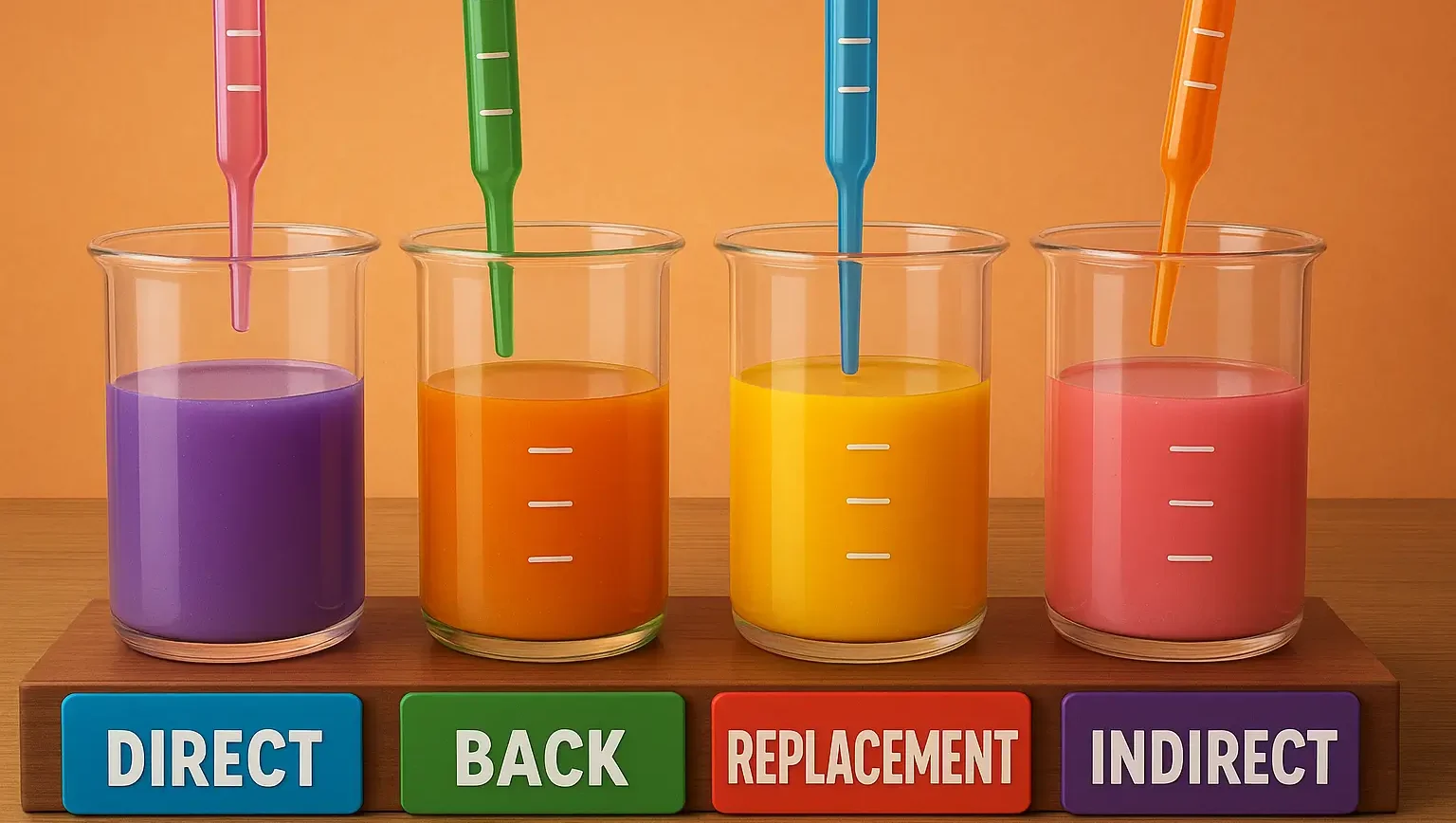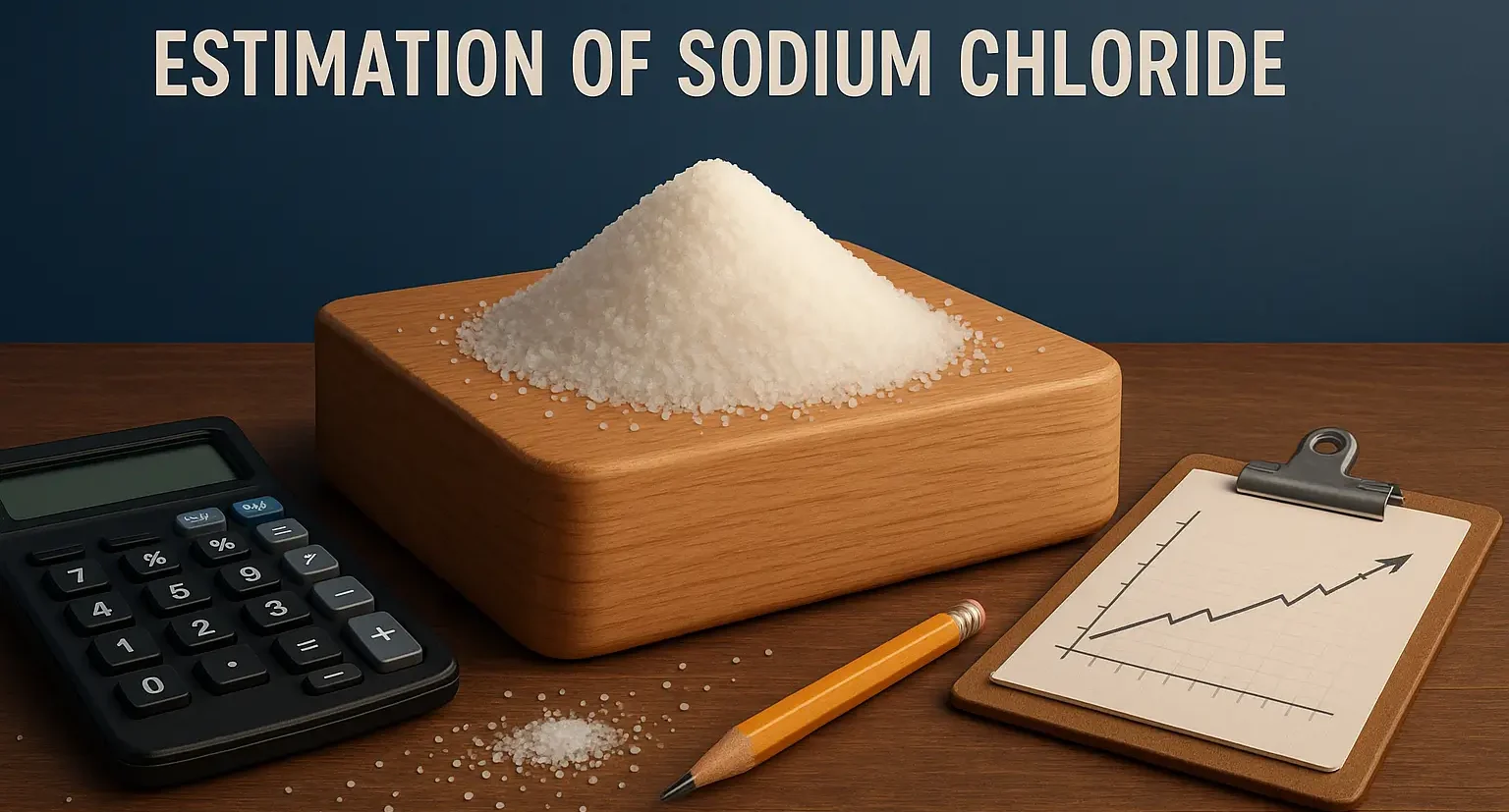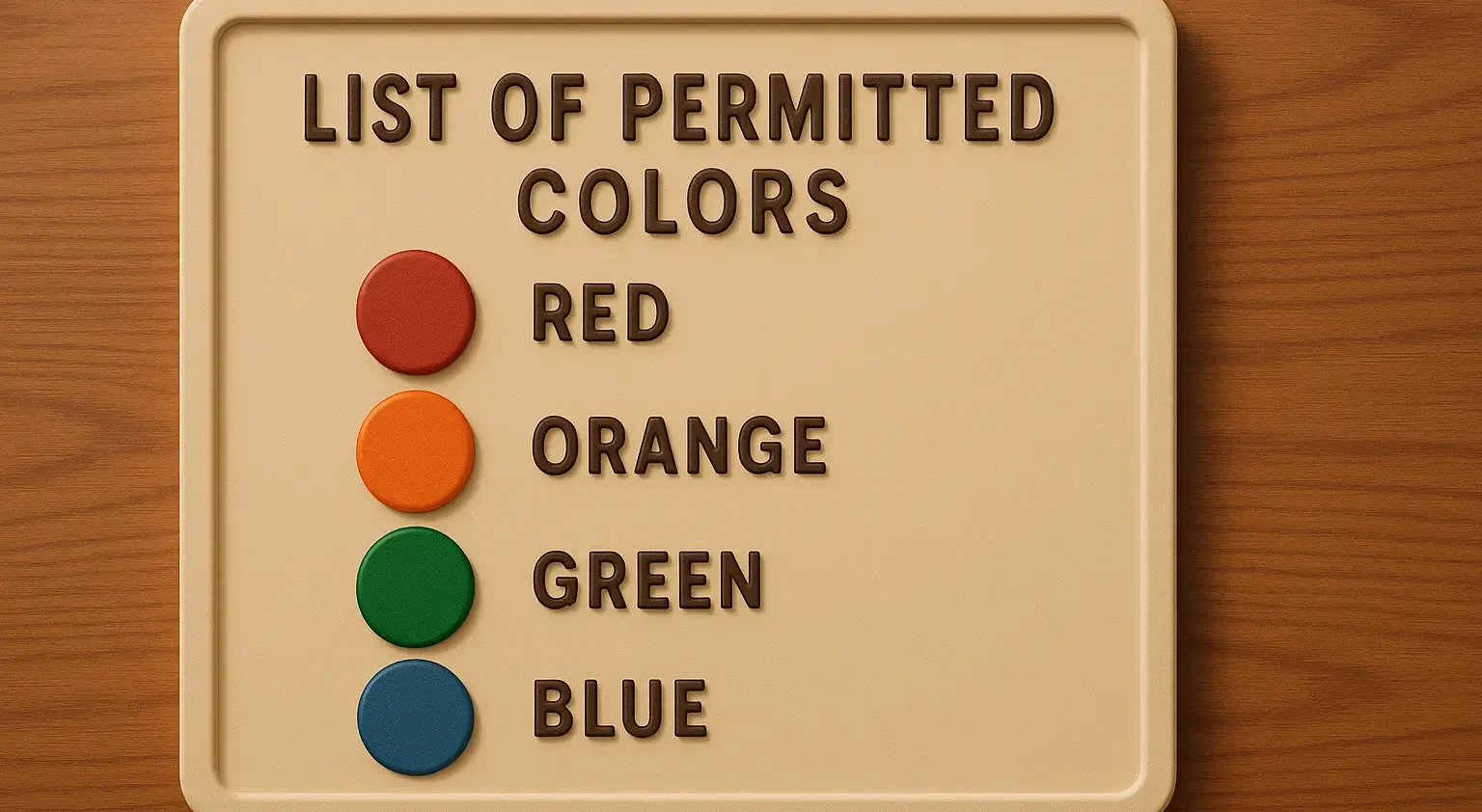Classification of Complexometric Titrations
Classification of Complexometric Titrations is based on the type of metal ion determined, the titration method used, and the nature of the indicator or masking agents involved. Direct Titration in Classification of Complexometric Titrations: In this method, metal ions in the sample are titrated directly with a chelating agent, such as EDTA. The endpoint is … Read more










